Dresden, the capital and the second largest city of Saxony state, is a wonderful gem in eastern Germany. The city is known for its magnificent Baroque and Rococo architecture, as home to the Kings of Saxony, and most of all – an important cultural center with numerous events, performances, theater productions and so much more taking place regularly, making the city an amazing place to experience the best art in almost every form.
I had heard about this marvelous city for a long time, being one of the most visited cities in Germany, so needless to say I was so excited to finally visit it at the beginning of September this year. And I can affirm that it’s truly a breathtaking city with so much beauty that, without hesitation, I would visit again but perhaps next time in the wintertime to witness the country’s oldest Christmas market.
But for now, let’s dive into the 12 places to visit in Dresden!
Dresden Castle
The Dresden Royal Palace has been an important part of the city since the 15th century. It’s hard to believe that not so long ago, in 1945 during the World War II bombing of Dresden, the castle was almost completely destroyed, except for the palace’s Historic Green Vault and basement rooms. Some parts of the castle were finished and open to the public only in 2019 and now it’s one of the most beautiful sights in Dresden.
The castle has a neo-Renaissance, Baroque architecture style and is a must-visit spot to see the many museums and exhibitions that you can find in the palace. For 14 Euros (normal ticket price), you can enter the Royal State Apartments of August the Strong and the Porcelain Cabinet, New Green Vault, The Firearms Gallery, the Rise of Electoral Power in Saxony, The World Around 1600, Turkish Chamber, and more. For an additional 14 Euros, you can also visit the Historic Green Vault where you will find an authentic-like exhibition of rooms and historical pieces that don’t have any labels or displays but rather a real-life placement that feels like stepping back in time, not in a museum.
The amount of daily visitors is limited therefore it’s best to purchase tickets beforehand online. For more information about the palace and visitation, check their official website here: https://www.skd.museum/en/visit/royal-palace/
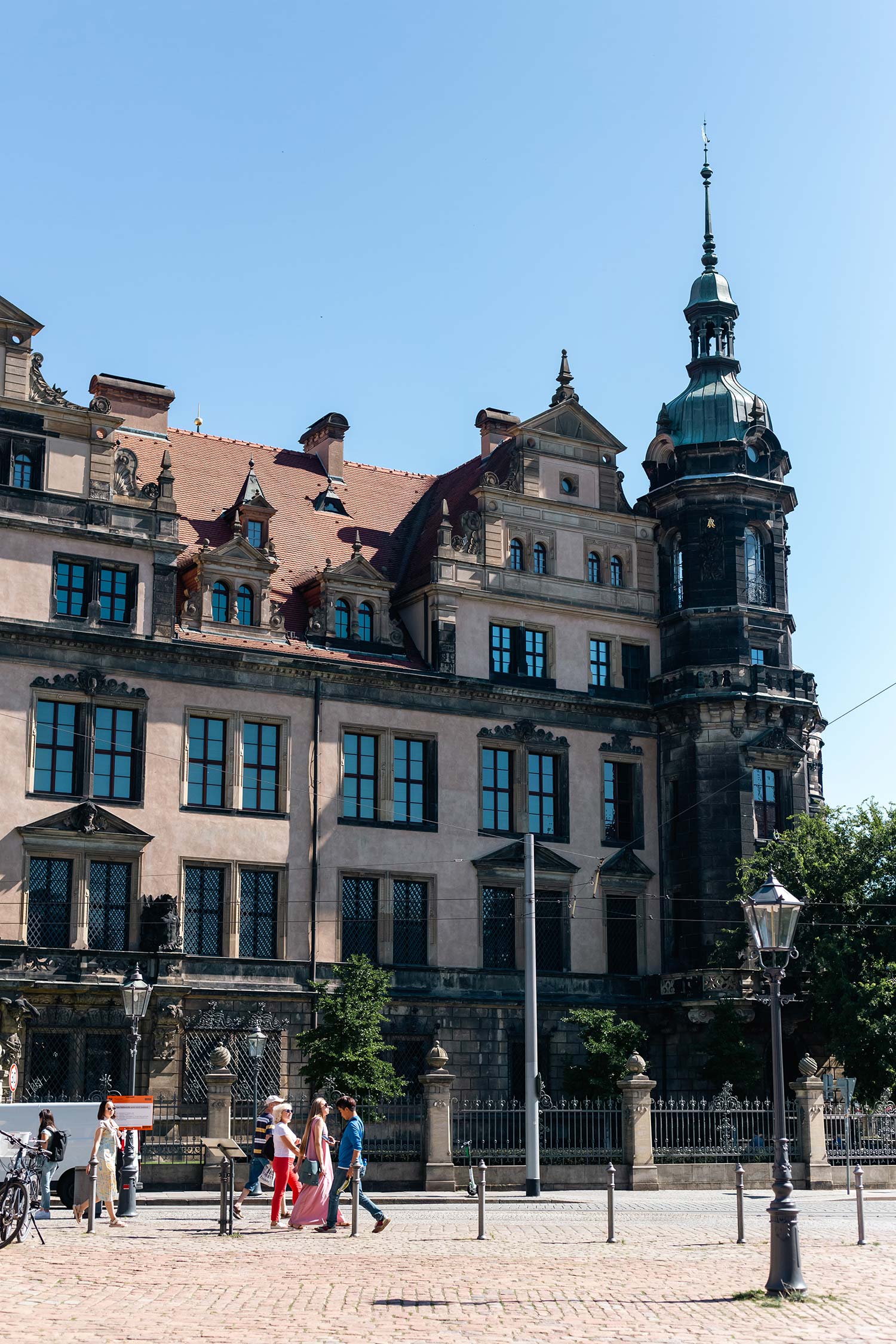

Zwinger
One of the most prominent architectural sites that represents the Baroque period in Germany is the Zwinger, a splendid complex that consists of different monuments and gardens. Located in the historic heart of Dresden, near the Dresden Castle, it is a dazzlingly beautiful structure that catches your eye from afar. Built in 1709 and designed by architects Matthaeus Daniel Poeppelmann and Balthasar Permoser, historically the Zwinger was a forecourt of a castle that in the end was never built. In 1855 a gallery was opened in the Zwinger that you can still find there such as the Old Masters Picture Gallery, Porcelain Collection, and the Royal Cabinet of Mathematical and Physical Instruments. Currently in the Zwinger’s yard construction works are being held but access to the site is still possible and touring around it is free of cost.
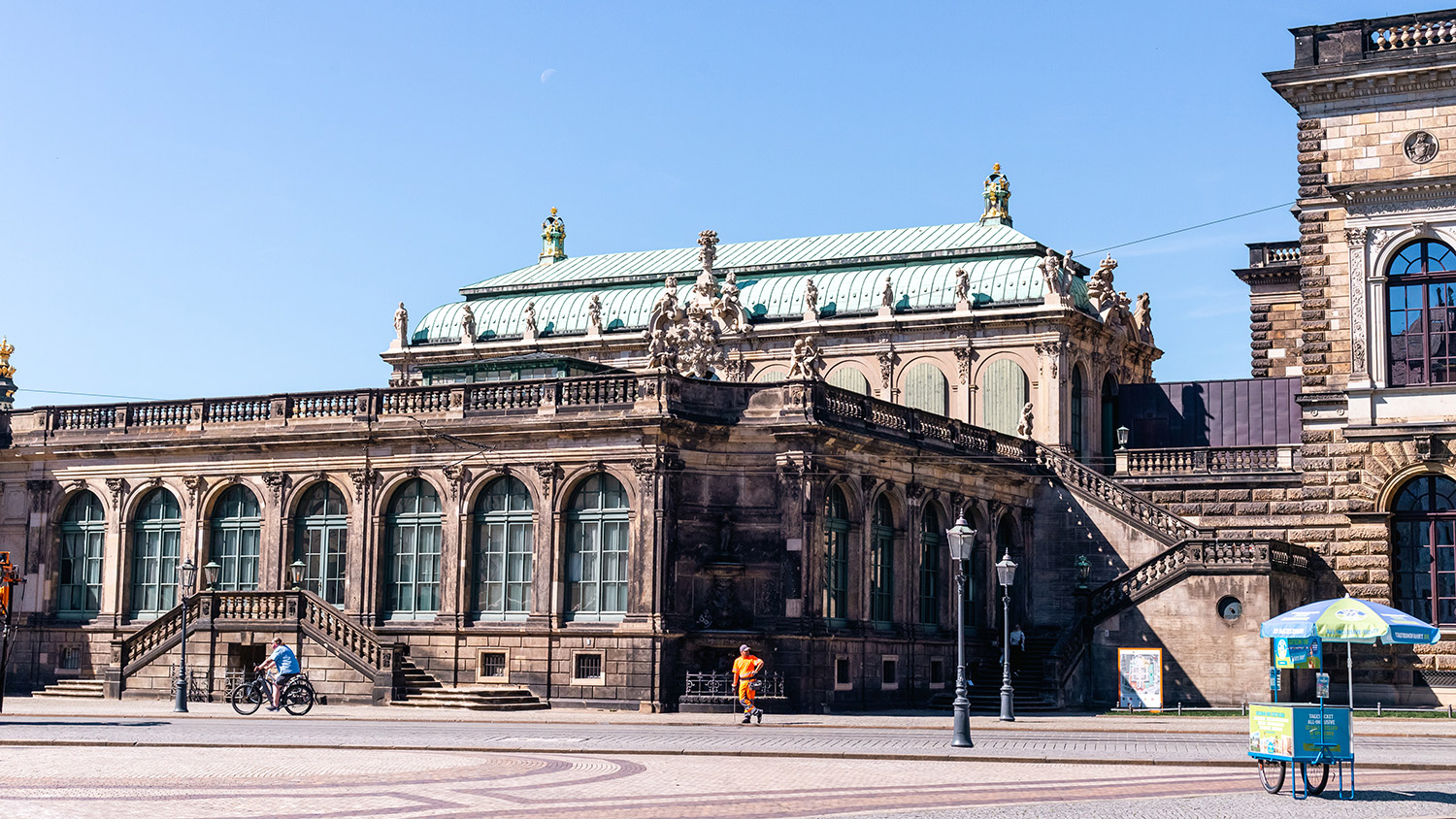



Kronentor
While exploring the Zwinger, an unmissable landmark is the Kronentor. Dating back to the 18th century, it is a perfectly magnificent Baroque example that is richly filled with sculptures and frescoes. While walking around the Zwinger, I recommend stopping for a minute and admiring the beauty of the structure and the Zwinger overall.


Nymphenbad
Another exceptional spot in the Zwinger is the Nymphenbad which is a beautiful late Baroque fountain in a courtyard that with the architectural details and sculptures creates a magical experience and was my favorite spot in the whole Zwinger complex.


Semperoper Dresden
Home to the Saxon State Opera, Saxon State Orchestra, and the Semperoper Ballet, the opera house has been a huge cultural spot since the 19th century. Located in the heart of the historical center, by the Zwinger and Dresden Castle, the building is considered a great example of Baroque architecture in Dresden. Over time the opera house has faced some major accidents such as a disastrous fire in 1869 and during the 1945 World War II bombing the building suffered again.
But also important events such as premiers of Richard Strauss and Richard Wagner’s works have taken place in the opera house that is now reconstructed and invites guests almost daily.If you are interested in seeing an opera or ballet performance live, you can visit the Semperoper’s official website to check their event calendar here: https://www.semperoper.de/en/ where you can find tickets for as little as 20 Euros and admire one of the most prestigious musicians and artists in Germany.

Castle Square or Schlossplatz
An unmissable stop in the city center is the 15th century Castle Square where you can admire the Dresden Castle, Dresden Cathedral, Augustus Bridge, and the promenade by the river Elbe, to say the least. Sadly, Castle Square was destroyed during the World War II bombing in 1945 but nowadays the square has been restored to the historic look that it had before. The square truly captures your eye by the architectural beauty providing a scenic stop while exploring Dresden.
In the Castle Square, you will also find a monument to Friedrich August, king of Saxony, and King Albert Memorial, as well as a stone dedicated to Napoleon Bonaparte that represents his victory in the battle of Dresden in 1813.
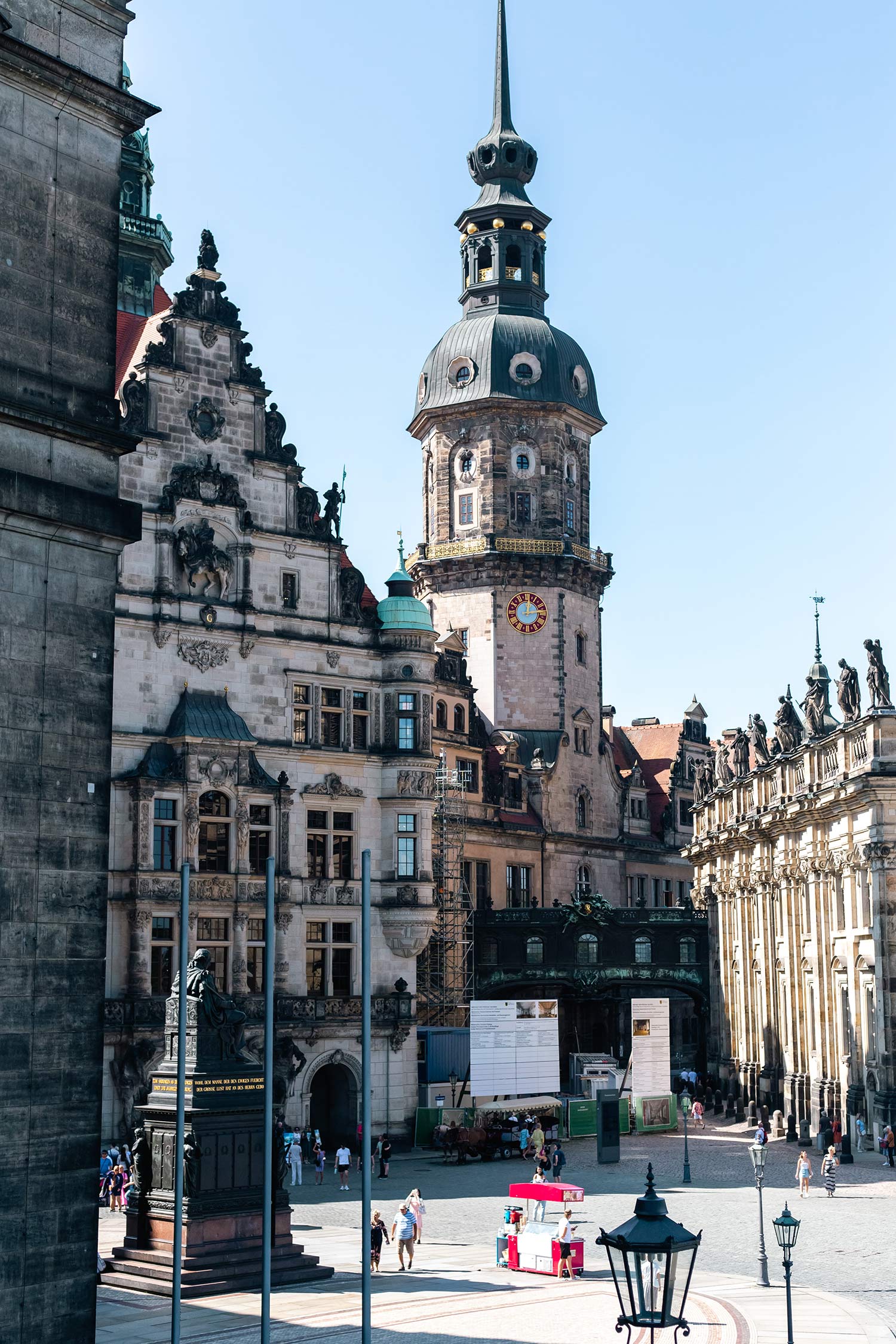
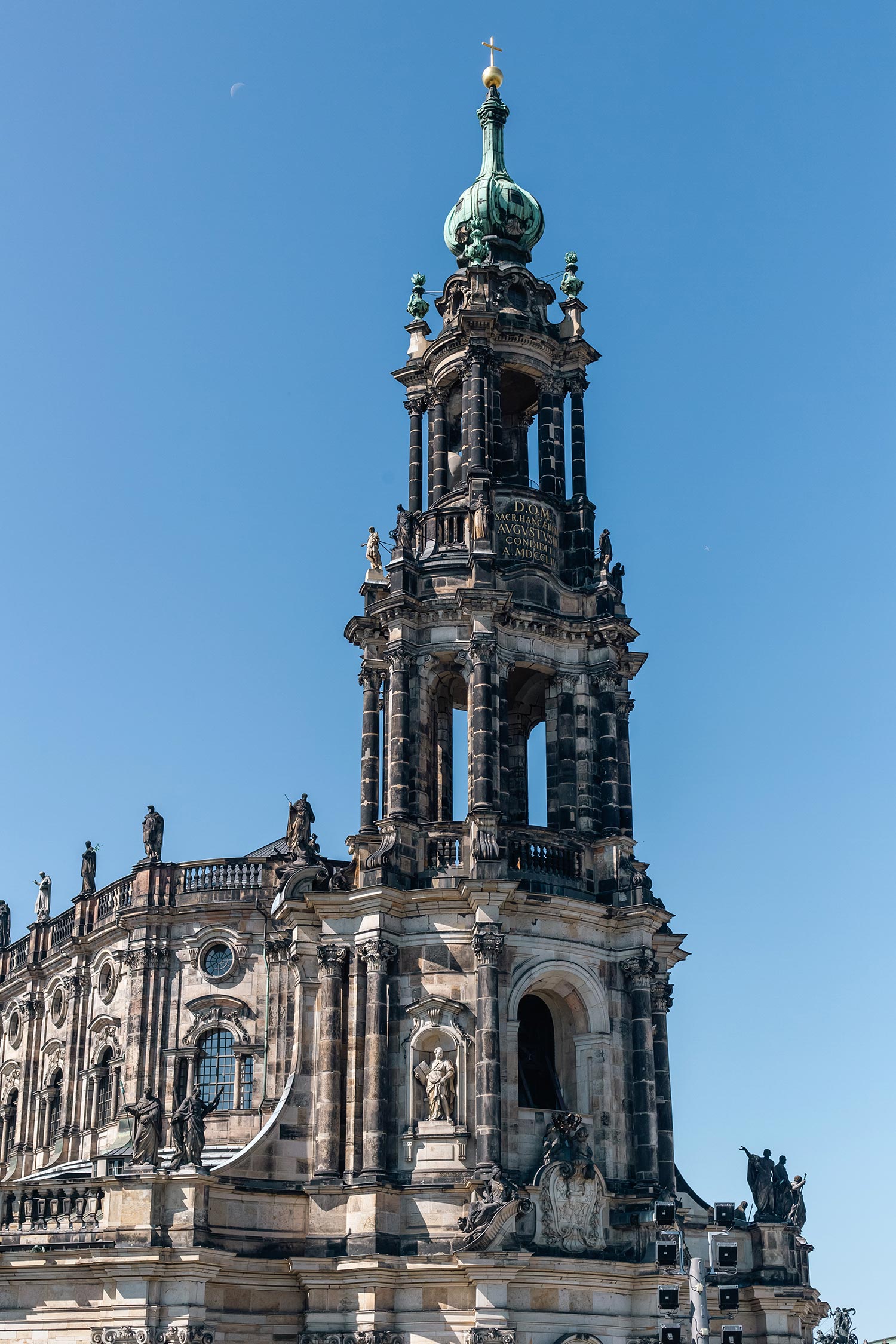
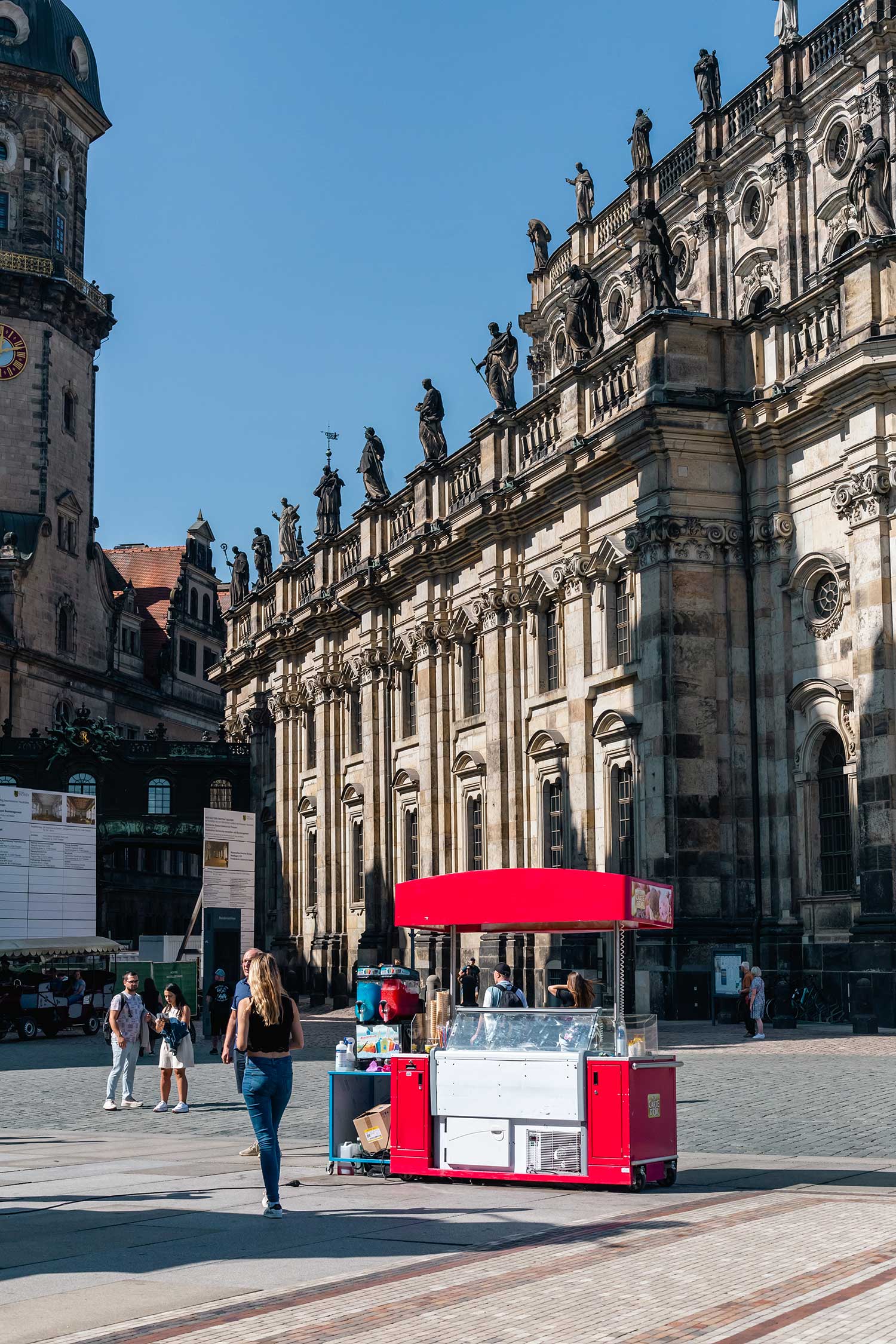
Augustus Bridge
Just by Castle Square, lies the Augustus Bridge that connects the historic part of the city with the new one, Neustadt. Back in 1275, a wooden bridge was built that later became Augustus Bridge, named after Augustus the Strong, Elector of Saxony. Later the bridge went under multiple reconstructions, including one after the city’s bombing during World War II. Crossing the river Elbe, the bridge offers remarkable scenery of the city’s both sides and the river itself. Many cruise ships offer tours for visitors on the river where you can also enjoy the views, along with some delicacies and drinks. One of the tour companies can be found here on their official website: https://www.saechsische-dampfschifffahrt.de/en/ but I would also recommend researching other companies to find the one that would suit you best.

Procession of Princes or Furstenzug
The iconic mural that covers the outer wall of Stables Courtyard, a part of the Dresden Castle, is a must-visit sight while exploring the city. The mural tells a story of the rulers of Saxony between the years of 1127 and 1904, originally painted in honor of the Saxony’s ruling Wettin Dynasty’s 800th anniversary in 1876. Later on, to make the mural more durable, the painting was replaced with Meissen porcelain tiles, finished in 1907, which made the mural considered the largest porcelain artwork in the world. The extraordinary piece of art is freely accessible and is a great stop between exploring the Castle Square and the Stables Courtyard, also called the Stallhof.



Stable Courtyard or Stallhof
For a not-so-touristy spot just by the Procession of Princes, you will find the Stable Courtyard which is part of the Dresden Castle complex, finished in 1591, and was used as a tournament arena, becoming the oldest one in the world. Nowadays the Stable Courtyard is used for horse shows and cultural events, other times being a quiet place in the middle of the vibrant city life. During winter time, in the courtyard, you can find the Medieval Christmas market that will make you travel back in time with no electric lights and speakers but rather with live music, medieval attractions, and even a chance to enjoy a wooden hot tub. For more information about the Christmas market, you can find here on the event’s website: https://www.mittelalter-weihnacht.de/



Dresden Frauenkirche
Dresden Frauenkirche or Church of Our Lady, is an outstanding Lutheran church with one of the largest domes in Europe. Located in Neumarkt, a historic area, the Baroque-style church is an unmissable point in Dresden. Built in the 18th century, the church was destroyed during World War II bombing in 1945 but was reconstructed and finished in 2005. Nowadays, the Dresden Frauenkirche stands as a symbol of reconciliation after the dispute between Protestants and Catholics in the 18th century and after the effects of World War II.
The church is open almost every day for visitors with free admission but you can also enjoy musical performances, especially organ music, and also book guided tours. For more information about the church, tours, and events, you can check the official website here: https://www.frauenkirche-dresden.de/home. While visiting the church, make sure to not miss the Martin Luther Statue in front of the Frauenkirche, marking the importance of the church and the history of religion.


Bruhl’s Terrace or “The Balcony of Europe”
For a charming walk along beautiful architecture and the river Elbe, Bruhl’s Terrace is the perfect place for that. Historically, Bruhl’s Terrace was part of Dresden’s fortification that was reconstructed to a terrace in the 16th century. The site’s name comes from Count Heinrich von Bruhl, Minister of Elector Frederick Augustus II, where the Count built a city palace with gardens in 1737 in that area. Later, during World War II, the terrace was destroyed and later reconstructed as close to the past form as possible.
Nowadays, the terrace is the best place to enjoy some greenery, enjoy a meal or drink by the river, or visit the Albertinum, modern art museum, or other magical spots that can be found in Bruhl’s Terrace. I found the terrace as one of my favorite places in Dresden because of the beauty it holds, the chance to relax and admire not only the architecture but also the Augustus Bridge and the other side of the city across the river.


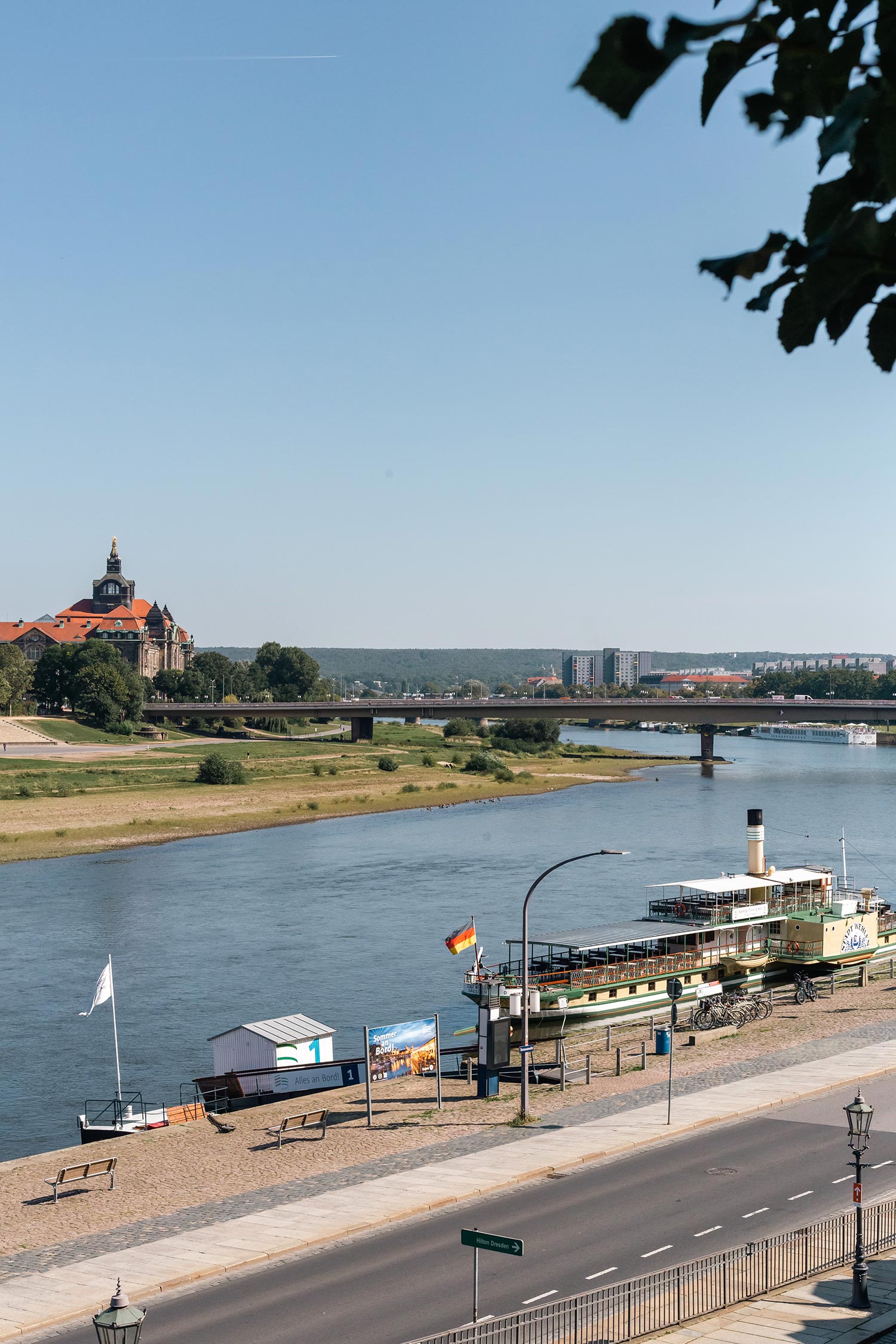
Kunsthofpassage
For a more quirky stop, I highly recommend visiting the Kunsthofpassage or Art Courtyard in the new part of the city, Neustadt. These courtyards are famous for their artistic attributes and exhibits, outdoor cafes, and plenty of artistic boutiques and studios, that connect Alaunstrasse 70 with Gorlitzer Strasse 21-25. Finished in 2001, this place in Dresden is considered rather a newer sight to explore and it does offer a unique experience.
Wandering through the place, you will find 5 individual courtyards with different themes – Court of Animals with all kinds of animals created on the building’s wall, and Court of Metamorphoses creating a contrast to the Court of Animals by illuminated metal shields in the evenings. Court of Elements with the famous downpipes that create music when it rains and on the opposite side a house that seems to be peeling off, created with golden aluminum sheets. Court of Light is the center of the Kunsthofpassage illuminated with metal mirrors and is the place where artistic projects take place. And finally, the Court of Mythical Creatures where all kinds of creatures decorate the walls of buildings.
Visiting the Art Courtyard is free and is one of the most exciting places in Dresden. I highly recommend visiting this spot for a completely different experience than the historic center and to have a relaxing time in the middle of the vibrant art.



Neustadt
The new city part, Neustadt, is a complete contrast compared to the historic part of Dresden – lively streets, with lots of street art, quirky bars, and restaurants, shops, and boutiques. Reaching the Neustadt from the historic part is quite easy and can be accessible by public transport such as a tram that goes over the Agustus Bridge. The new part of the city is divided into two parts – the Inner New City, known for being the Baroque Quarter, and Outer New City which has impressive Wilhelminian-style buildings. I can recommend just wandering around the spirited streets, visiting little shops, and galleries and if you enjoy a night out, Neustadt is famous for having one of the most dynamic bar and club scenes in Germany.

Dresdner Molkerei Gebrüder Pfund
While exploring Dresden, you cannot miss the most beautiful milk shop in the world that has also been included in the Guinness Book of Records – Dresdner Molkerei Gebrüder Pfund. Opened in 1892 and created by brothers Paul Gustav Leander and Friedrich Pfund, it displays 19th-century hand-painted tiles from Villeroy & Boch and historically also sold their own dairy products. Nowadays, the shop offers different dairy products from local farms and producers, along with various delicacies and other souvenirs.
The milk shop is truly an astonishing place where everywhere you look, you are left amazed by the beauty of the tiles, ornaments, and other decorations and the quality of produce being offered. It has been named the most beautiful milk shop in the world for a reason – you will feel like stepping into a movie scene that doesn’t feel like a real place, making it that much more of a must-visit place in Dresden. The shop is open every day of the week, except on Sundays, and you can also browse their products on their online store.
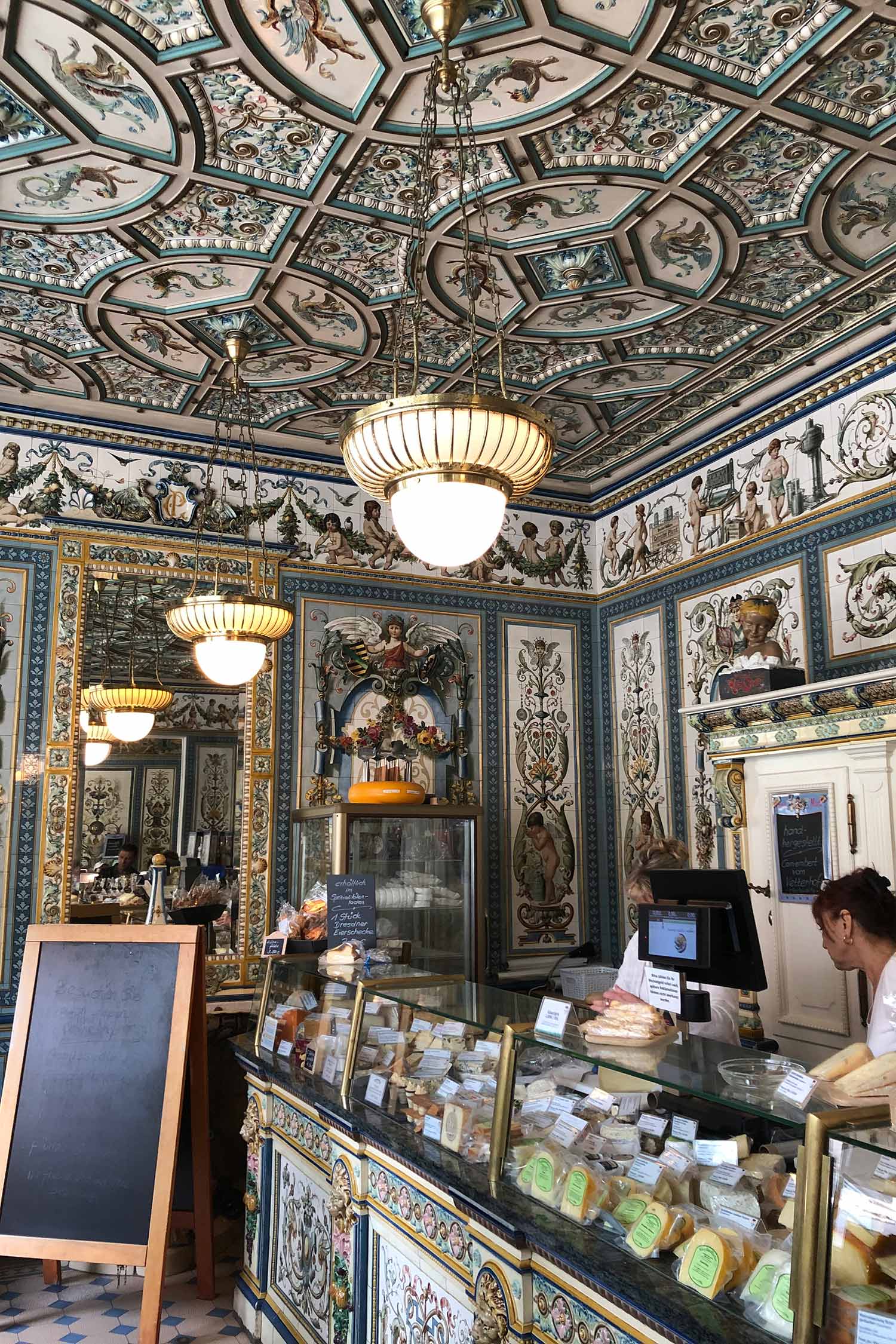
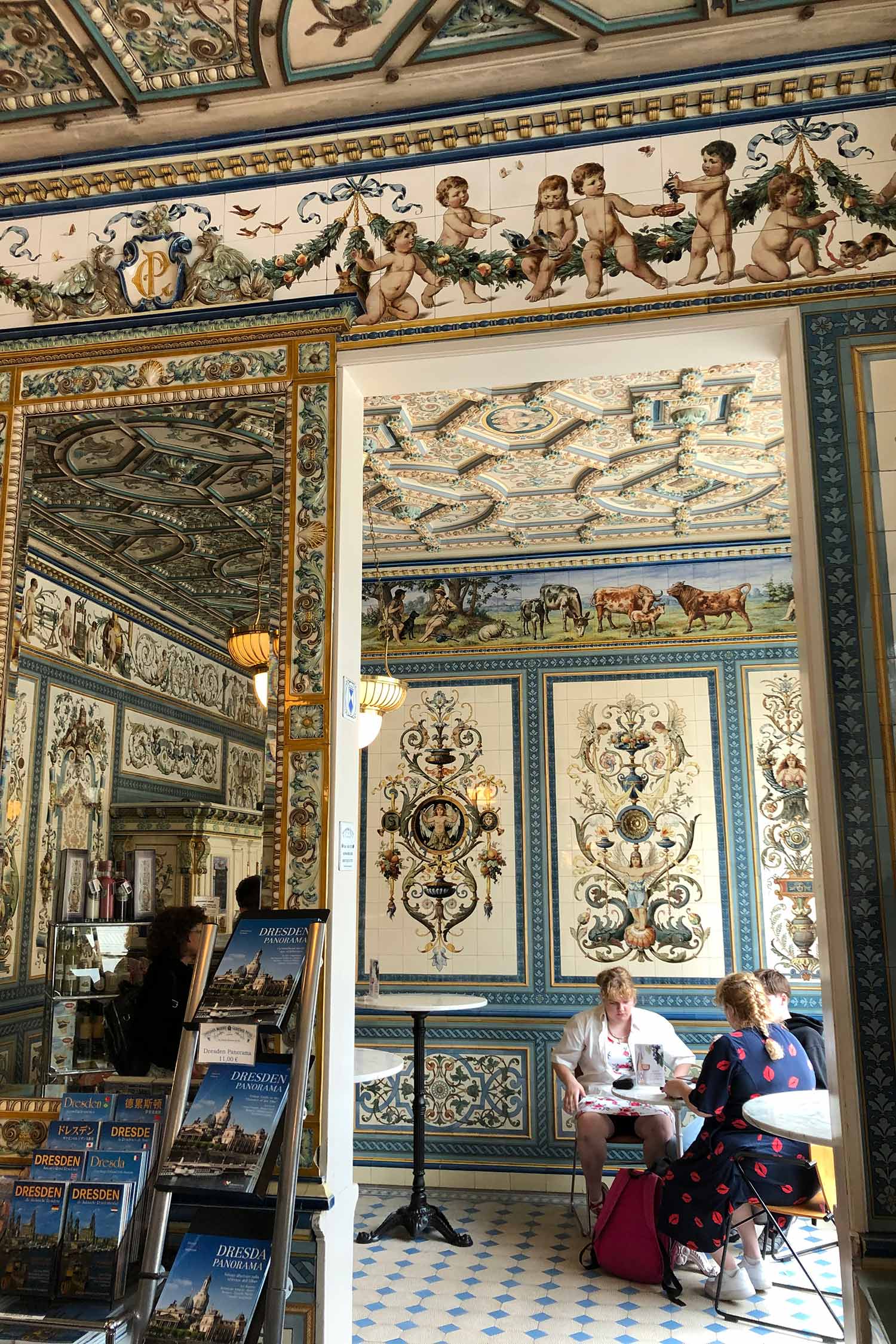
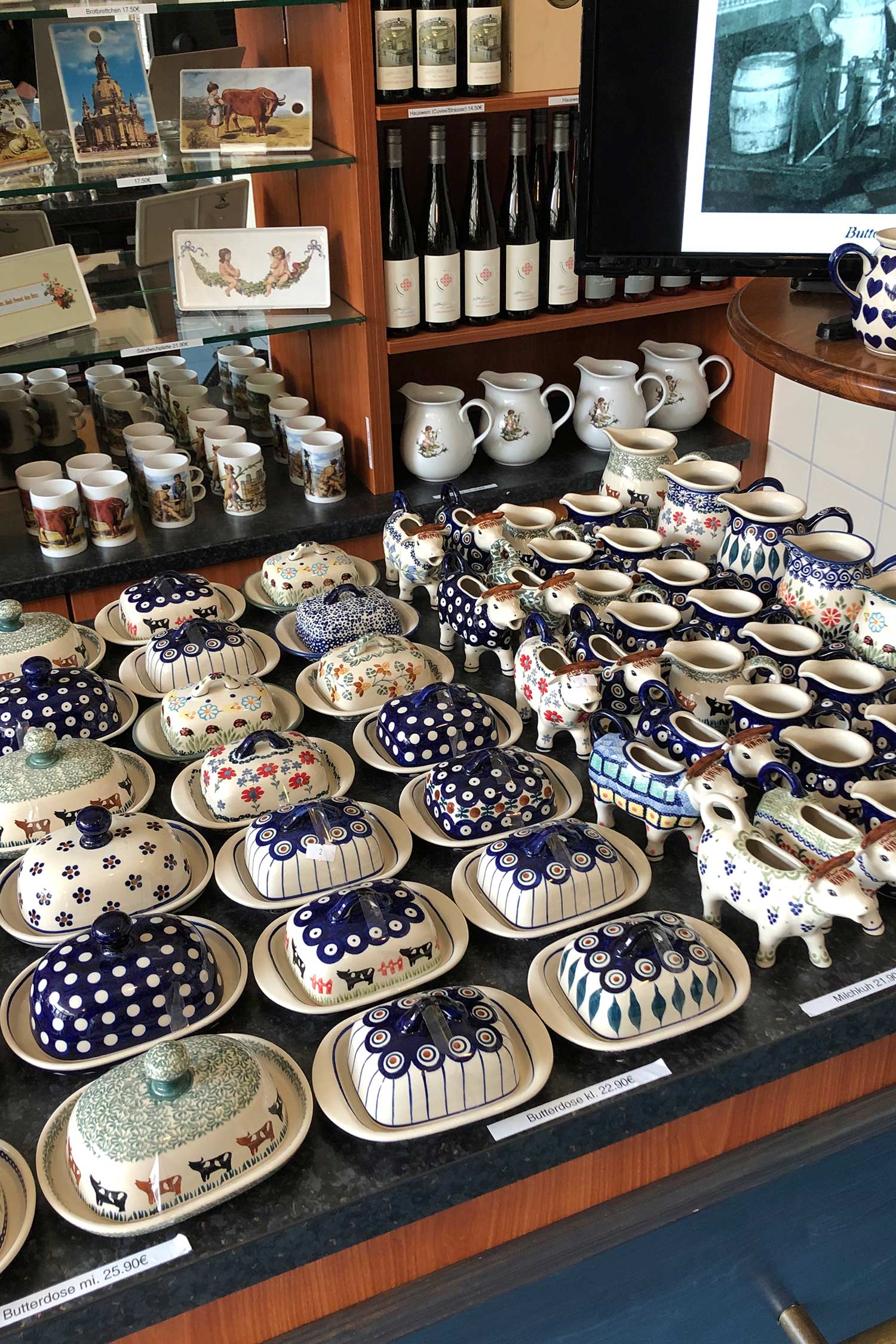
The Grand Garden
Another gem in Dresden is the Grand Garden, built and constructed in early Baroque style, it is also the largest park in the city. Being a public garden from the 19th century, it houses a Grand Garden Palace which served for leisure time in the summertime that dates back to the 17th century. In the park, you can have a stroll or ride a bike and enjoy the charming garden with the stunning palace, visit the Dresden Zoological Garden and Dresden Botanical Garden but the most exciting activity is the Dresden Park Railway – a small steam train that takes you through the park on a lovely drive where one ticket costs about 7 Euros.
What’s more, in the Grand Garden you can enjoy many cultural events such as concerts, fireworks shows and exhibitions and also cafes and restaurants. The Grand Garden of Dresden is one of the most gorgeous parks I have visited and I highly recommend spending some time in the refreshing greenery and enjoying the thrilling park activities.

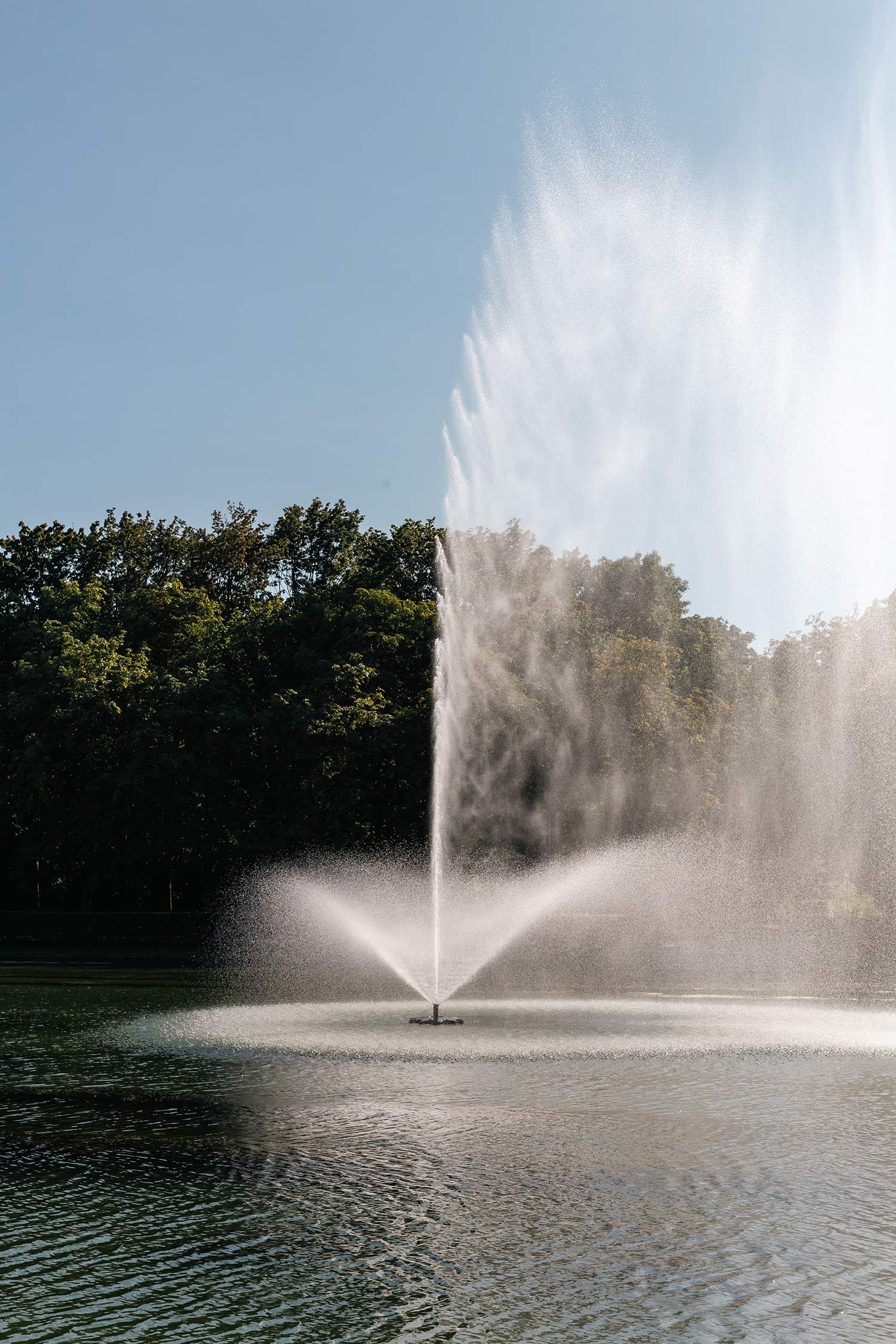

Dresden is the perfect destination for art, architecture, history, and vibrant city life admirers but I believe that everyone should visit this stunning city at least once. Only a short drive from Berlin, about 2 hours by car, it’s also a great place for a two-day trip from the capital since one day can feel a little bit rushed. Almost all the bigger cities in Germany are different, with atmosphere and views like no other, and Dresden is at the top of my list with how big of a role art and glamour play in the city’s image.
Check also my other blog posts about Germany here!
Latest blog posts
- 8 Things to know about vanlife in the Netherlands
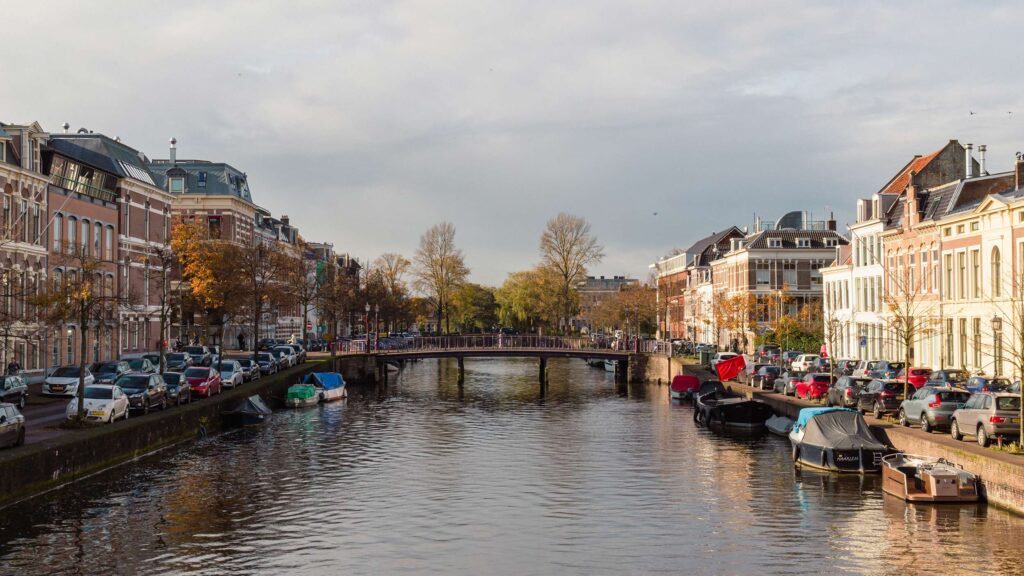
- Places to visit in Amsterdam on a budget-friendly trip

- Places to visit in Utrecht on a one-day budget-friendly trip

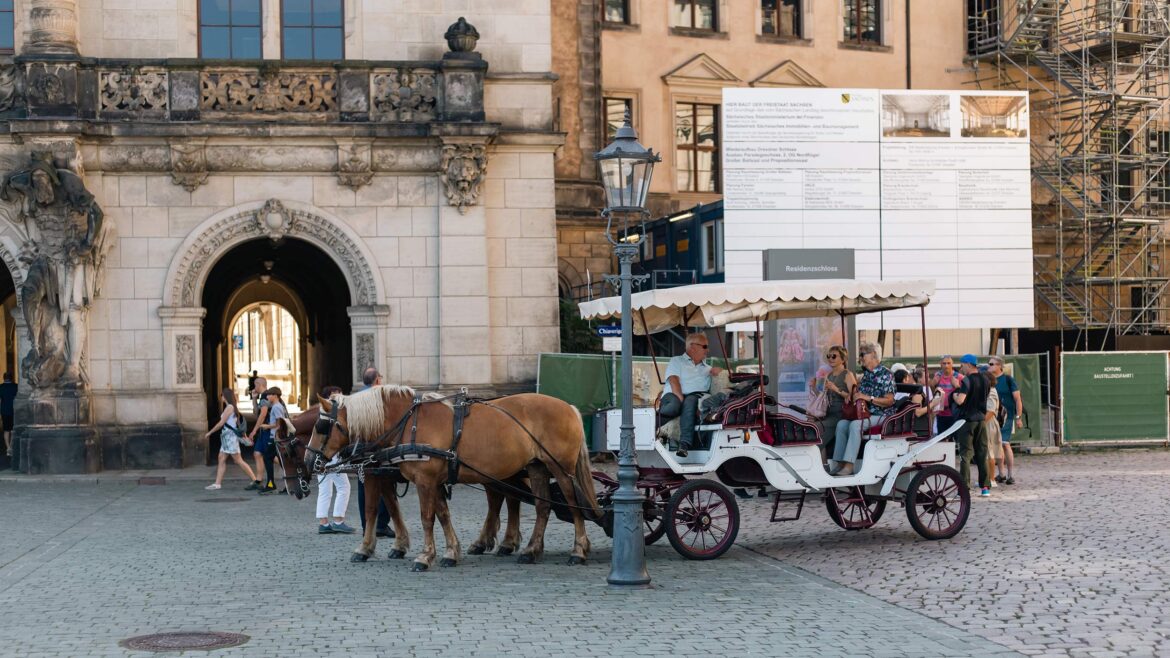
One response to “13 Places to visit in Dresden, Germany”
[…] Check out my other post on places to visit in Dresden, Germany here! […]